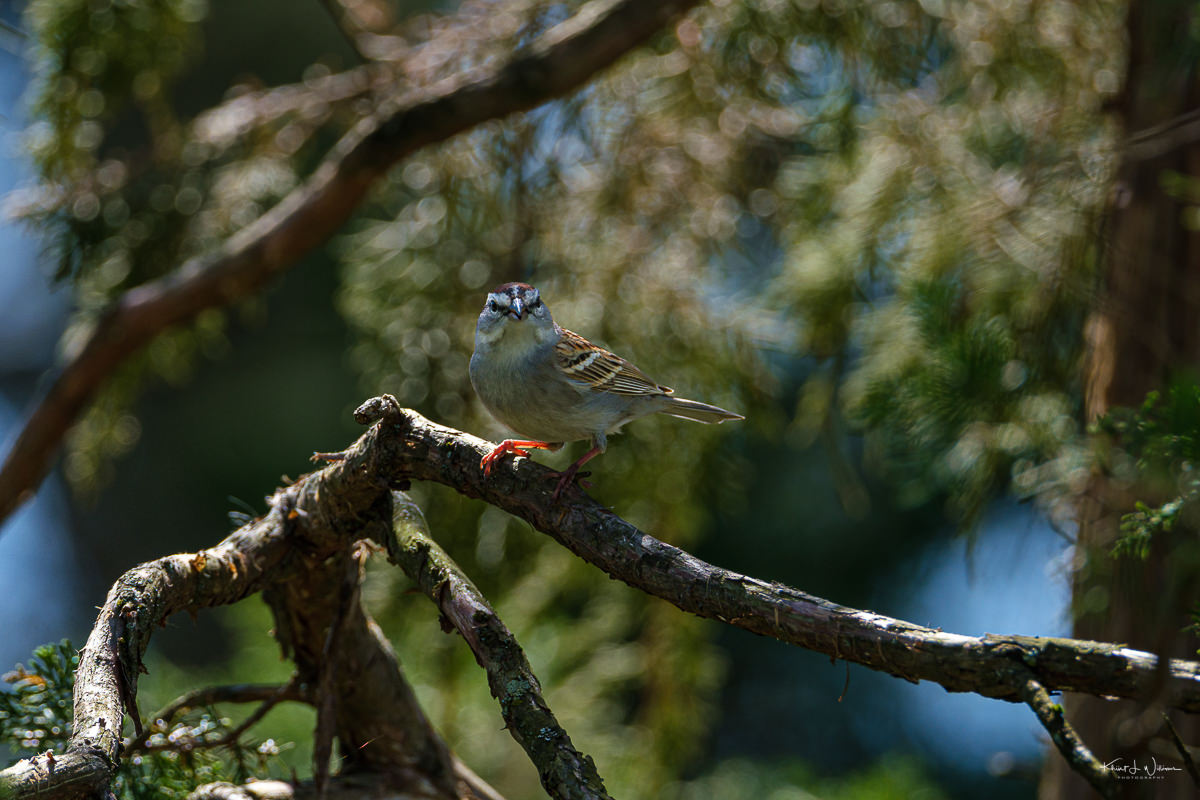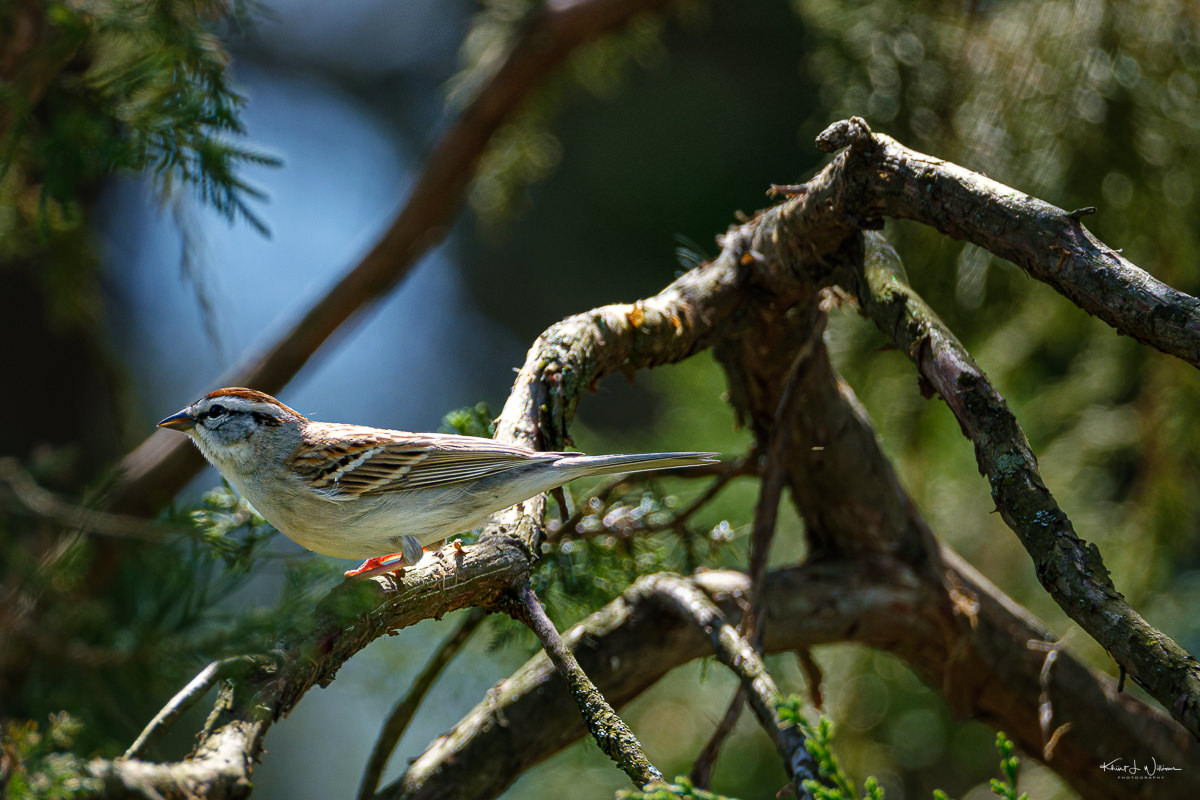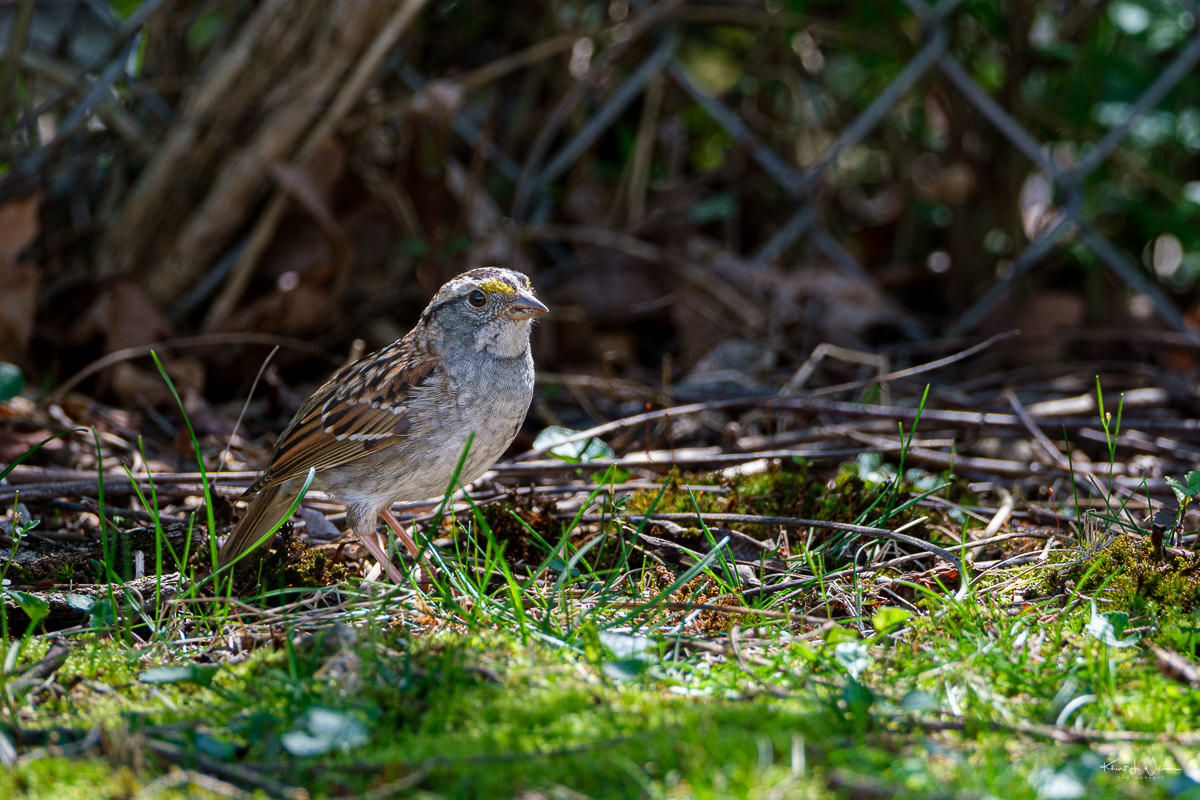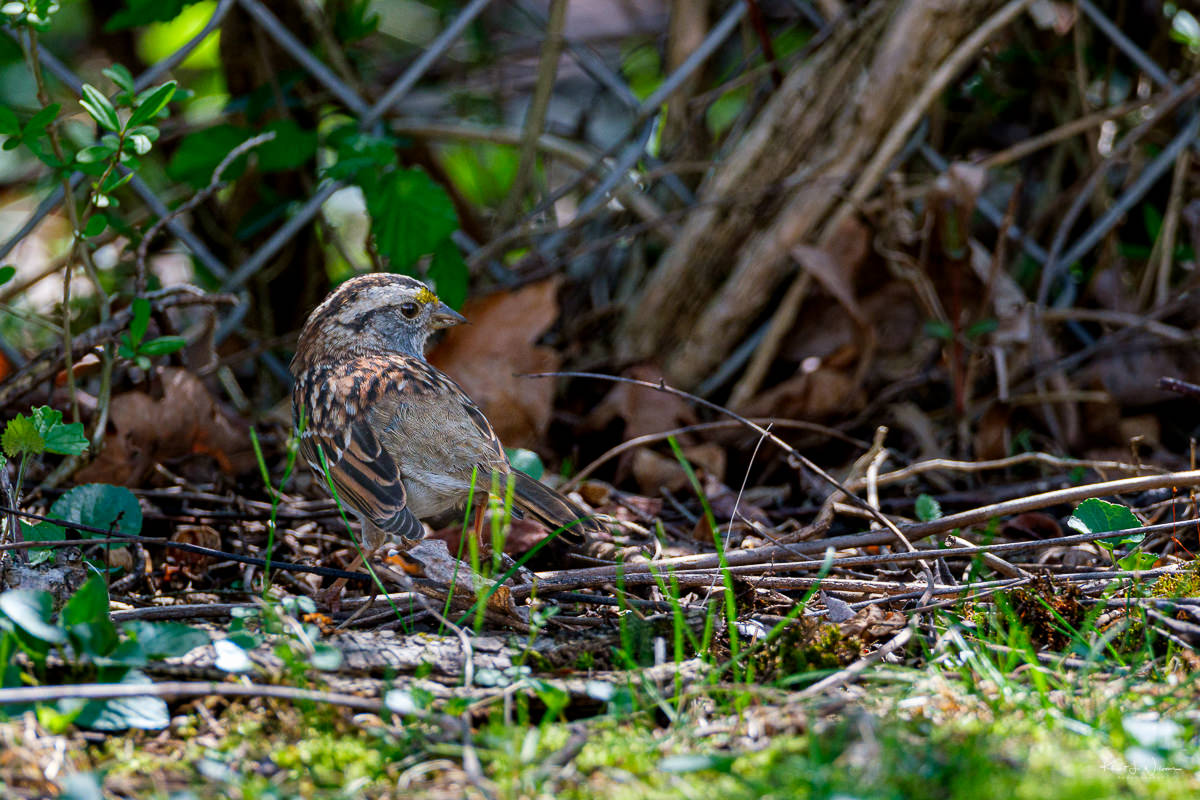The Red-winged Blackbird (Agelaius phoeniceus) is a common sight in the Charles H. Rogers Wildlife Refuge in Princeton. I see at least five individuals each time I visit. However, until now, all of my sightings have been of the male.
The common name for Agelaius phoeniceus refers to the distinctive orange-red badge on the wings that is a stark contrast to the deep black of the bird’s body. But the females of this species are typically brown and streaked, blending well with their marshland habitat. They exhibit cautious behaviour, often staying close to dense vegetation for cover while foraging for insects, seeds, and small aquatic creatures. They are so well hidden when they forage among the reeds in the marsh, that the female bird had gone unnoticed by me.

The focal point of the Charles H. Rogers Wildlife Refuge is its open marsh, sustained by natural water drainage and supplemented during dry periods with water pumped from Stony Brook. During summer, the marsh blooms with arrowhead, pickerel weed, and pond lilies. Along the walks, a mix of swamp milkweed, boneset, joe-pigweed, and ironweed creates a mauve and purple colour palette. In autumn, red osier dogwood, elderberries, rose hips, and cattails' tall brown spikes add to the landscape.
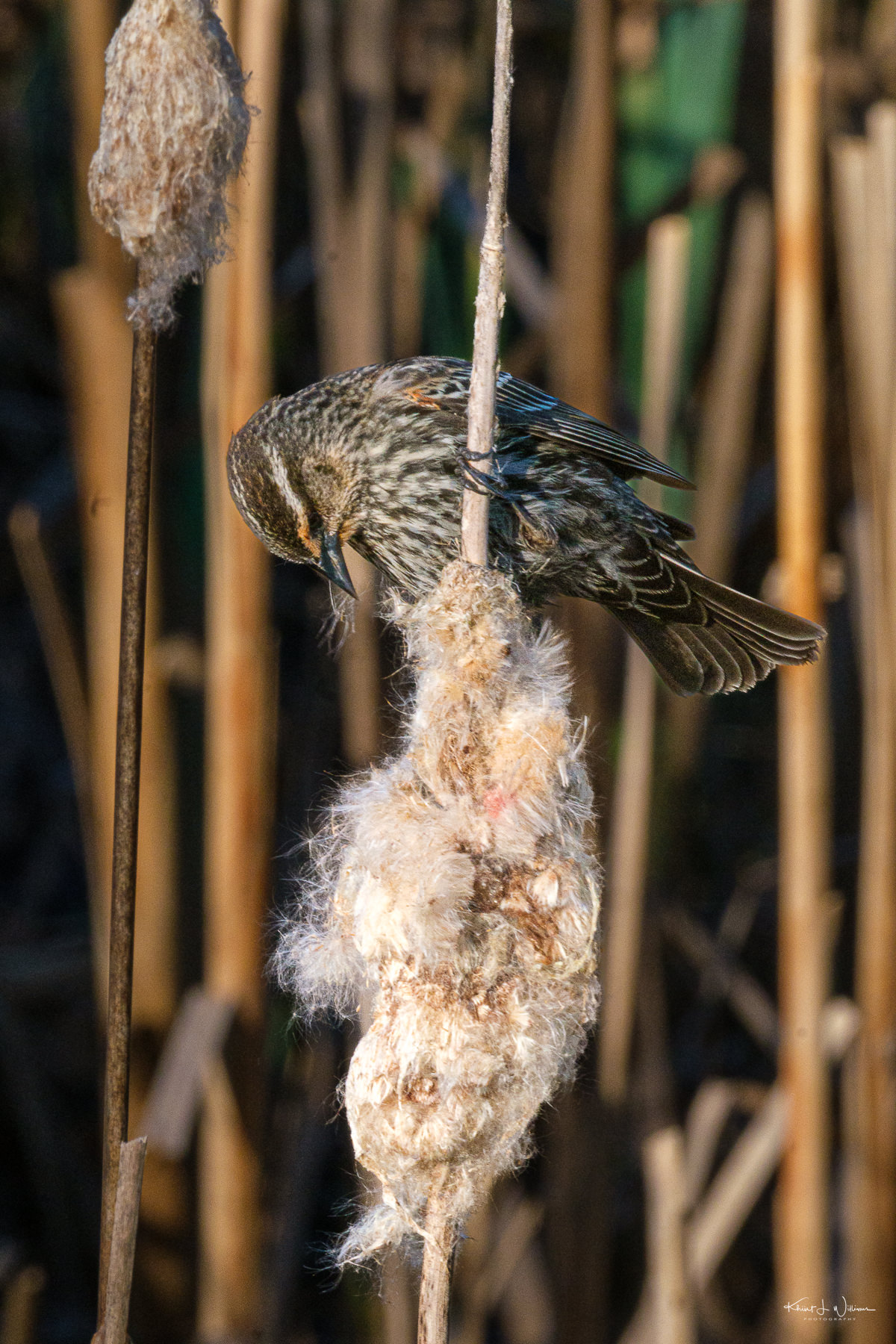
During the nesting season, which typically starts in late spring, female Red-winged Blackbirds build cup-shaped nests low in marsh vegetation. These nests are constructed using grasses, reeds, and other plant materials woven together. Two observation towers offer expansive views of the marsh's main body. I usually visit the refuge in the early morning. With the sun rising from the east I usually visit the Eastern observation platform so I can point the camera west; not directly into the sun.
I think the thing that keeps me hopeful that the world around me is not going to complete shit is how being nature makes me feel. Seeing the bird wildlife in my backyard provokes a deep sense of well-being that helps my psychological health. My senses are heightened as I move into a state of flow where my thoughts and actions focus on spotting, watching, identifying, photographing, and appreciating the wildlife around me. No matter what might be going on in my life, no matter how anxious I’m feeling, when I go out into nature, I always feel refreshed.

